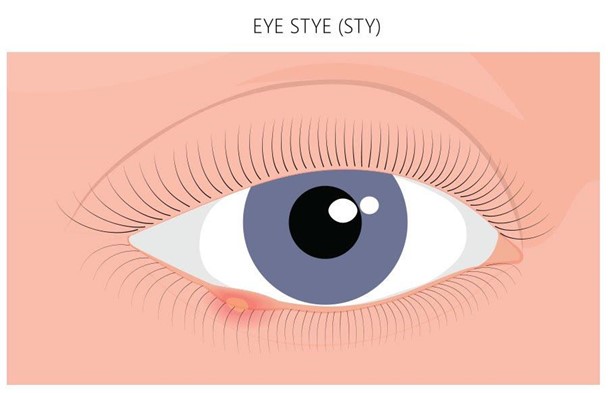An Asian family arrives with their newborn for a well visit. When assessing the infant, the nurse observes the following skin irregularity. What is the nurse's priority action?
Notify child protective services
Record the finding
Notify the healthcare provider
Interview the clients about the injury
The Correct Answer is B
Choice A Reason: Notifying child protective services is not the priority action, as it is not indicated by the skin irregularity. The skin irregularity is most likely a Mongolian spot, which is a benign, bluish-gray or purple patch of pigmentation that is common in infants of Asian, African, or Hispanic descent. It is not a sign of abuse or injury, but rather a normal variation of skin color.
Choice B Reason: This is the correct choice. Recording the finding is the priority action, as it documents the presence and location of the Mongolian spot and prevents confusion or misdiagnosis in the future. The Mongolian spot usually fades by age 2 to 4 years, but it may persist into adulthood.
Choice C Reason: Notifying the healthcare provider is not the priority action, as it is not necessary for the skin irregularity. The skin irregularity is not a cause for concern or intervention, but rather a normal variation of skin color.
Choice D Reason: Interviewing the clients about the injury is not the priority action, as it is not appropriate for the skin irregularity. The skin irregularity is not an injury, but rather a normal variation of skin color. Interviewing the clients about it may imply suspicion or accusation of abuse, which can damage the nurse-client relationship and trust.
Nursing Test Bank
Naxlex Comprehensive Predictor Exams
Related Questions
Correct Answer is B
Explanation
Choice A Reason: An antifungal cream is not indicated for a sty, which is an infection of the eyelash follicle or sebaceous gland caused by bacteria.
Choice B Reason: This is the correct answer because warm compresses can help relieve pain and inflammation, and promote drainage of the sty.
Choice C Reason: Ice and cold compresses are not recommended for a sty, as they can constrict blood vessels and delay healing.
Choice D Reason: There is no need to test the other eye for vision loss, as a sty does not affect vision unless it is very large or obstructs the pupil.

Correct Answer is D
Explanation
Choice A Reason: To administer medications and electrolytes is not the best reply for why the client will need the NG tube, because this is not the primary purpose of the NG tube in this case. The NG tube is mainly used to relieve gastric distension and prevent vomiting and aspiration. Medications and electrolytes can be given through the IV route.
Choice B Reason: To dilate the stomach as a presurgical preparation is not the best reply for why the client will need the NG tube, because this is not a valid indication for the NG tube in this case. The NG tube is mainly used to relieve gastric distension and prevent vomiting and aspiration. Dilation of the stomach is not a goal of presurgical preparation, but rather an adverse effect of gastric obstruction.
Choice C Reason: You will not be able to eat for several days is not the best reply for why the client will need the NG tube, because this is not a complete or accurate explanation of the NG tube in this case. The NG tube is mainly used to relieve gastric distension and prevent vomiting and aspiration. The client will not be able to eat for several days because of the NPO diet, which is necessary to rest the inflamed peritoneum and reduce the risk of complications.
Choice D Reason: To remove secretions and decompress your stomach is the best reply for why the client will need the NG tube, because this is a clear and correct explanation of the NG tube in this case. The NG tube is mainly used to relieve gastric distension and prevent vomiting and aspiration, which are common symptoms of acute peritonitis. By removing secretions and decompressing the stomach, the NG tube can reduce pain, inflammation, and infection in the abdominal cavity.
Whether you are a student looking to ace your exams or a practicing nurse seeking to enhance your expertise , our nursing education contents will empower you with the confidence and competence to make a difference in the lives of patients and become a respected leader in the healthcare field.
Visit Naxlex, invest in your future and unlock endless possibilities with our unparalleled nursing education contents today
Report Wrong Answer on the Current Question
Do you disagree with the answer? If yes, what is your expected answer? Explain.
Kindly be descriptive with the issue you are facing.
